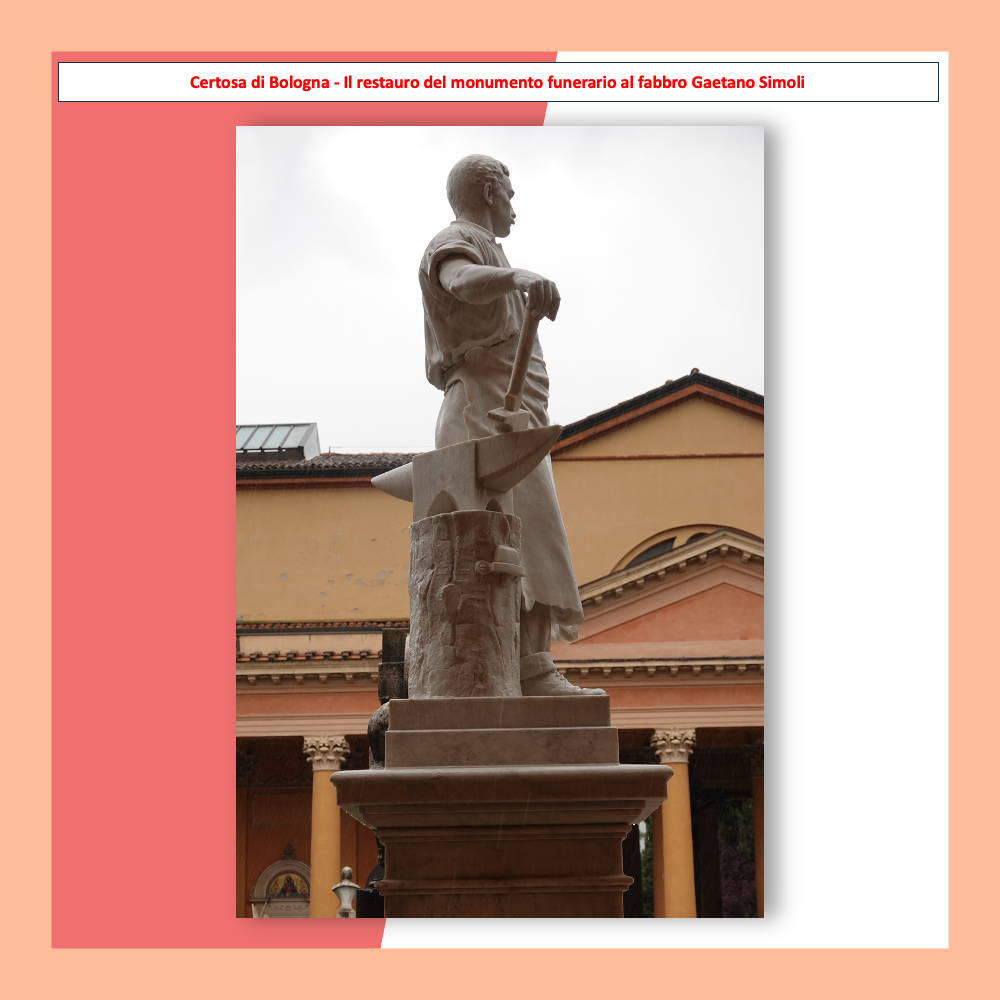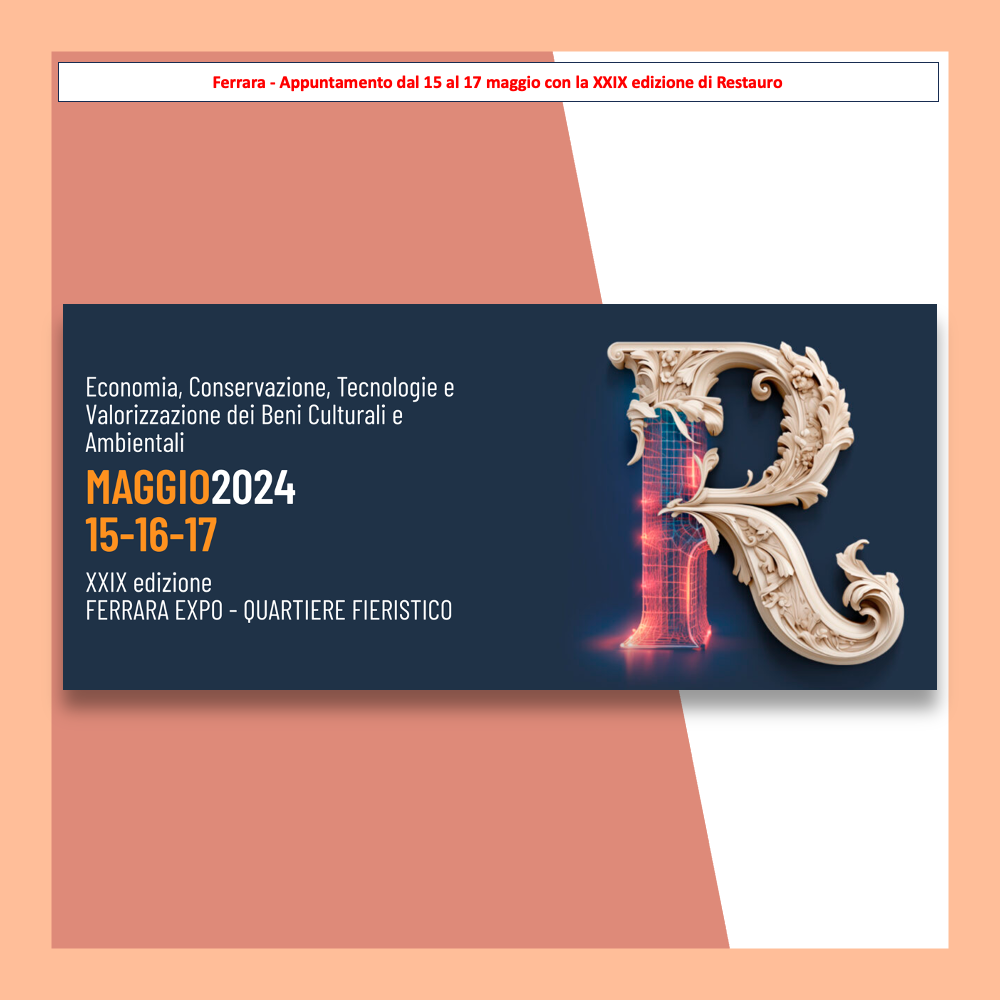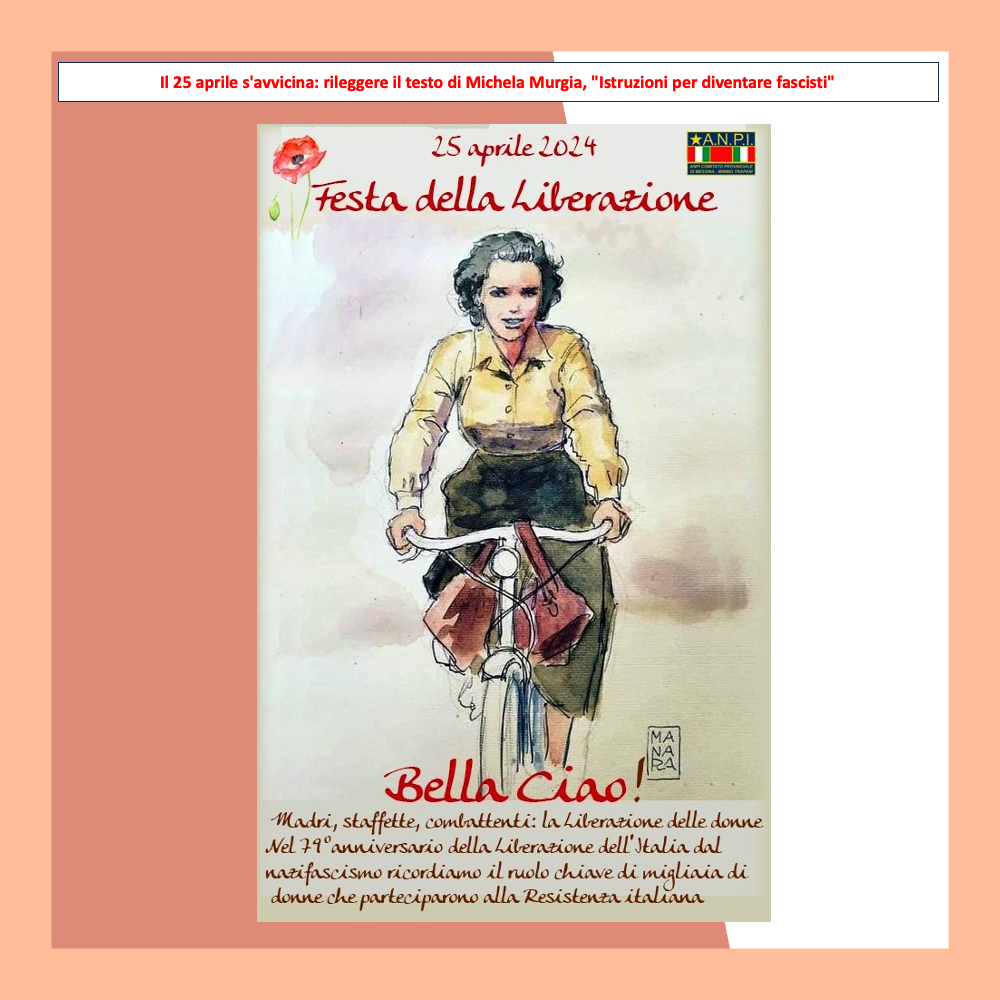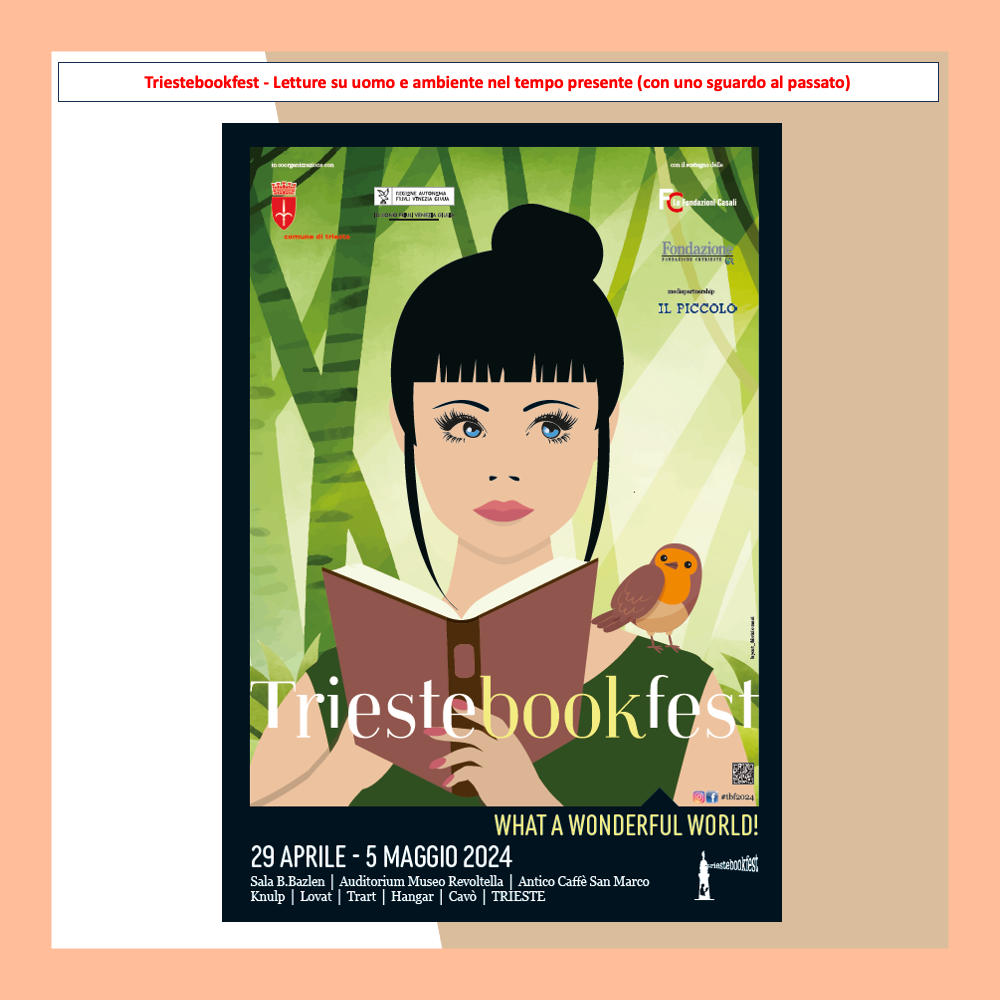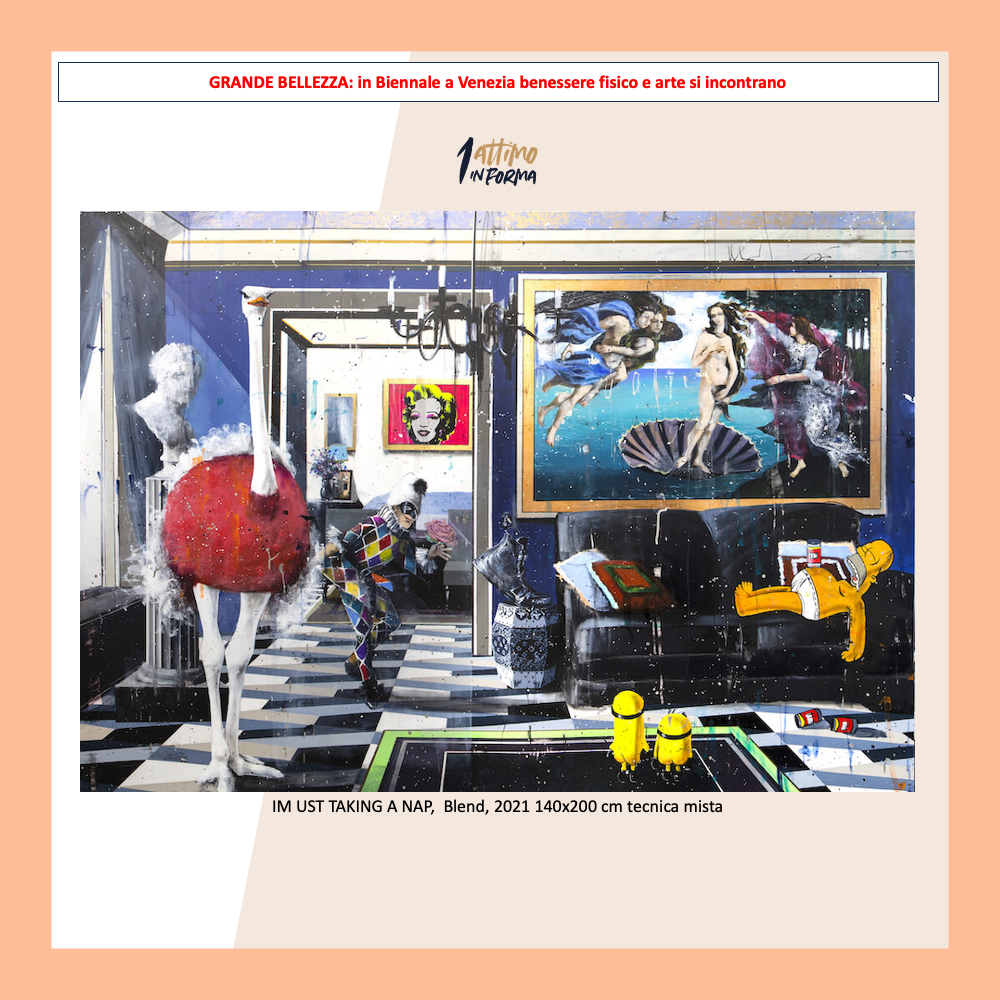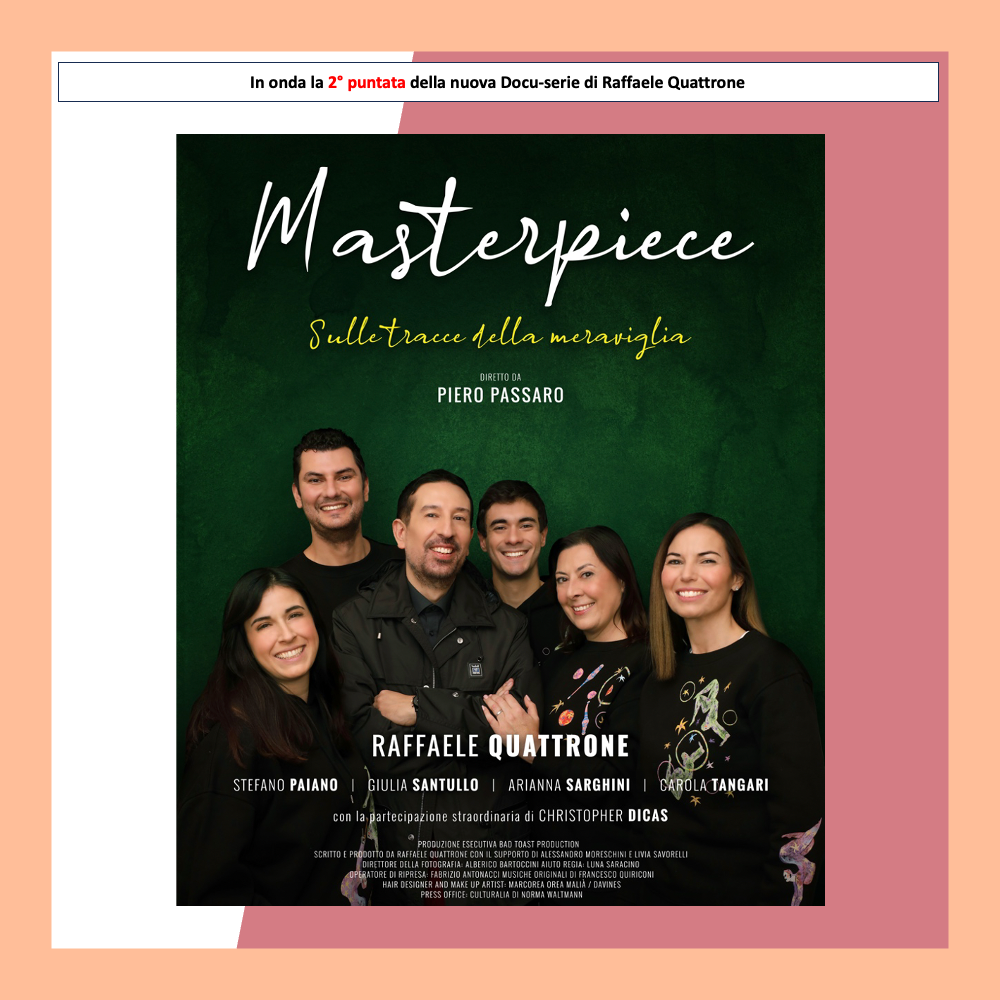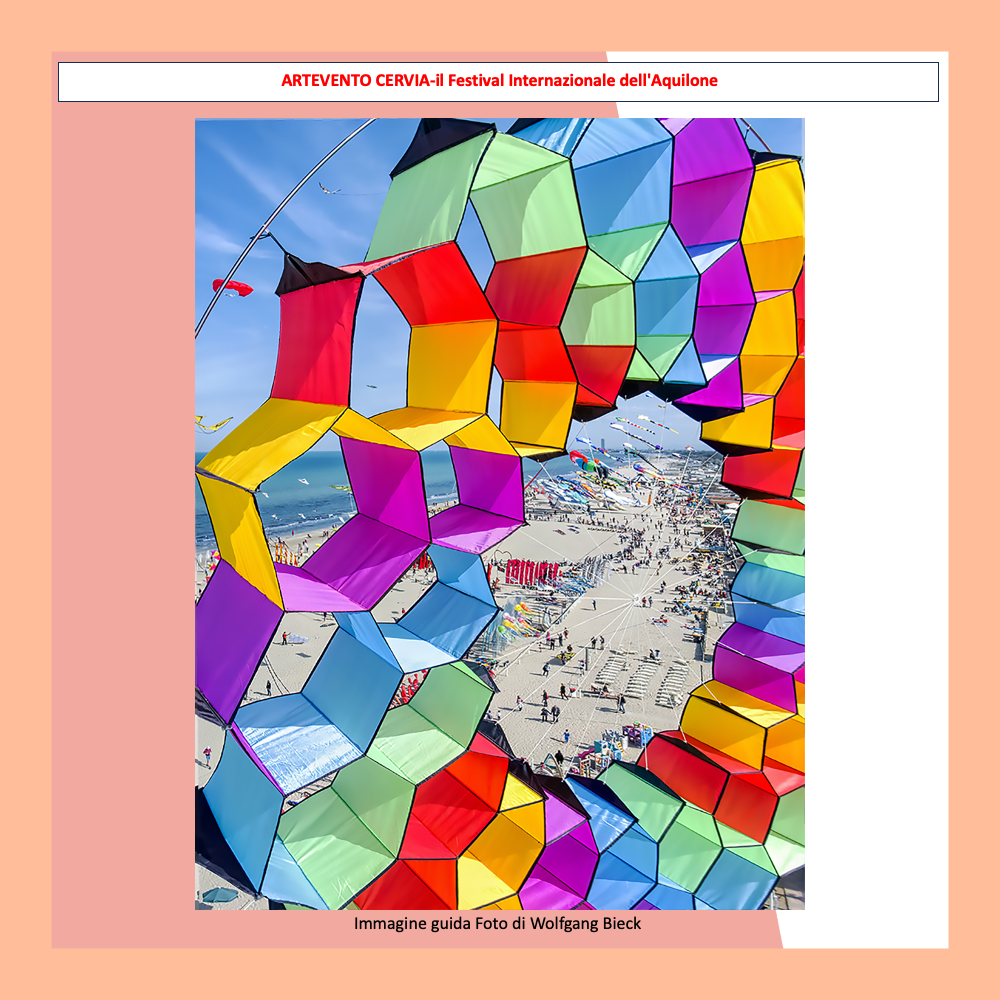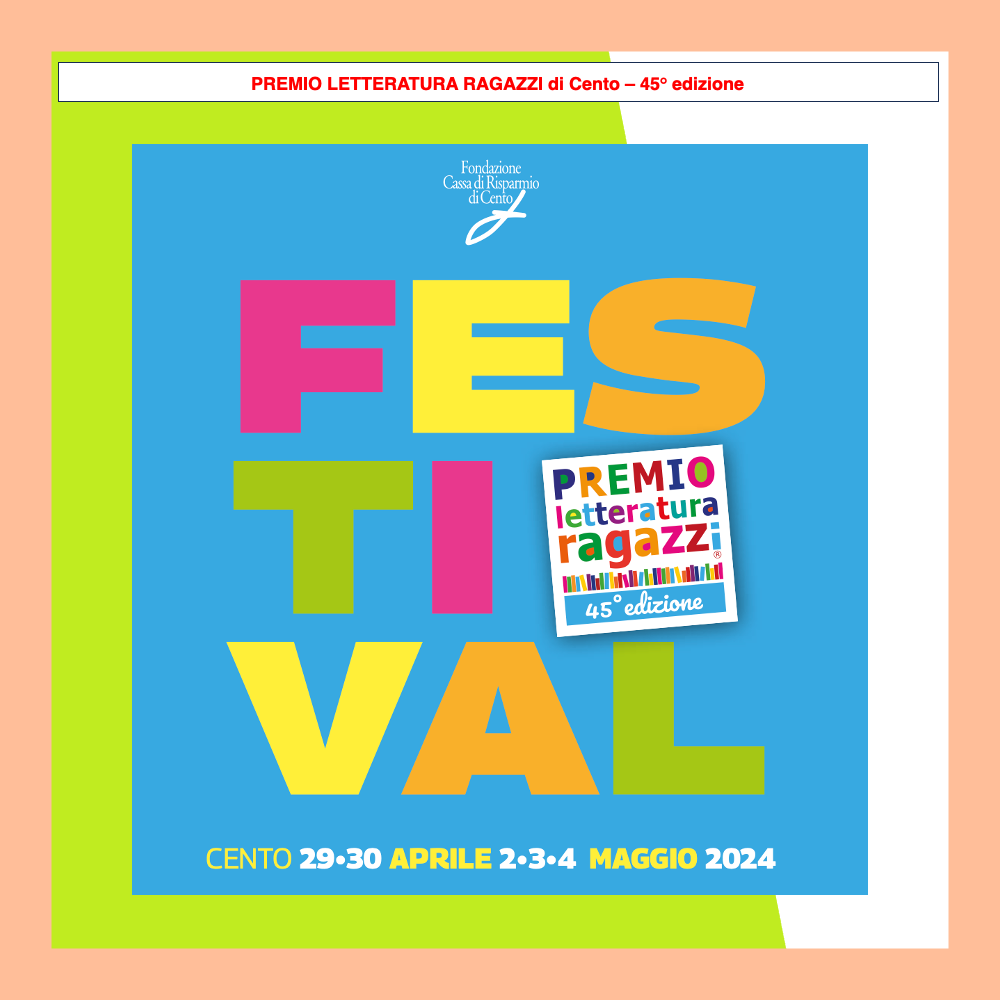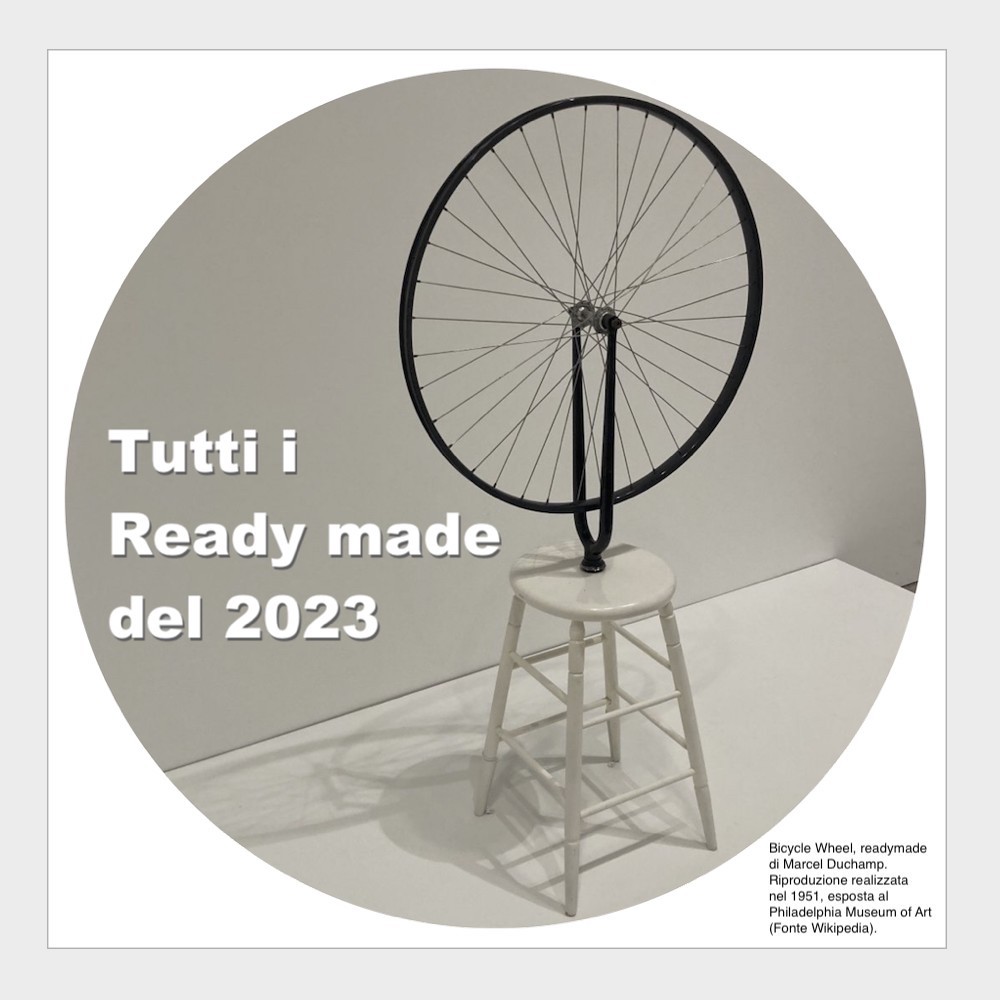Viviane Esders ha annunciato il vincitore della prima edizione del Premio Viviane Esders per i fotografi over 60. Mario Carnicelli, nato ad Atri in Italia nel 1937, riceverà una dotazione di 60.000 euro, di cui 10.000 dedicati alla pubblicazione di un libro.
“Con Mario Carnicelli, la parola documentario assume un’altra dimensione, mentre si cimenta in una vera analisi sociale, sia in bianco e nero che a colori, nella sua natia Italia o negli Stati Uniti. Cerca di rivelare l’essenza dell’uomo piuttosto che fatti o gesti » .
CONVERSAZIONE CON MARIO CARNICELLI
Cosa hai scelto di presentare per il Prix Viviane Esders?
Ho scelto tre corpi di lavoro che meglio rappresentano il mio approccio dalla metà degli anni ’60 ad oggi: “C’era Togliatti”, “America” e “Atri”, tutti legati da un filo conduttore, il mio interesse per l’umano e la psicologia delle masse.
Cosa intendi fare con questa dotazione di 60.000 euro?
Sono incredibilmente grato di essere il primo destinatario di questo premio. Pubblicherò un libro con diverse serie sulla mia carriera, collegandole e creando un dialogo aperto. Continueremo anche a digitalizzare l’archivio e il mio più grande desiderio è tornare negli Stati Uniti con la sfida di girare di nuovo il Paese.
Come vorresti presentare il tuo background?
Sono nato ad Atri, in Abruzzo, e come mio padre era un fotografo. Sono stato attratto dalla camera oscura fin dall’infanzia. Successivamente, quando ci siamo trasferiti in Toscana, ho iniziato a lavorare e mentre mio padre e mio fratello erano impegnati in studio, uscivo sempre per documentare eventi esterni. Ho poi collaborato come freelance per riviste, per sindacati e per la città di Pistoia. Nella mia ricerca personale, mi sono concentrato su manifestazioni, incontri politici e lavoratori. A metà degli anni ’60 vinsi una borsa di viaggio negli Stati Uniti con un’immagine del Primo Maggio a Pistoia. Il mio lavoro sugli Stati Uniti, è stato poi esposto alla Torre Pirelli di Milano. Negli anni ’70 ho deciso di concentrarmi sulla mia attività commerciale in Piazza del Duomo a Firenze, dove gestivo un negozio di macchine fotografiche, con attrezzature fotografiche e un servizio di sviluppo e stampa. Ho finito per concentrarmi su un progetto a lungo termine ad Atri,
E il Premio Viviane Esders?
Ammiro Viviane Esders per la sua generosità e il coraggio di investire in un premio per una generazione più anziana, spesso dimenticata, di fotografi meno conosciuti che hanno la possibilità di farsi vedere e sviluppare il proprio lavoro. Questo la rende una mecenate delle arti e mi sento così fortunata e onorata di essere stata scelta, di ottenere finalmente un riconoscimento per il mio lavoro, all’età di 85 anni, e attraverso di lei la possibilità di un futuro.
“With Mario Carnicelli, the word documentary takes on another dimension, as he engages in a true societal analysis, whether in black and white or in colour, in his native Italy or the United States. He seeks to reveal the essence of man rather than facts or gestures.“
CONVERSATION WITH MARIO CARNICELLI
What have you chosen to present for the Prix Viviane Esders?
I have chosen three bodies of work that best represent my approach from the mid-1960s to today: “C’era Togliatti”, “America” and “Atri”, all linked by a common thread, my interest in the human and the psychology of the masses.
What do you intend to do with this € 60,000 endowment?
I am incredibly grateful to be the first recipient of this award. I will publish a book with several series about my career, connecting them and creating an open dialogue. We will also continue to digitize the archive and my greatest wish is to return to the United States with the challenge of shooting the country again.
How would you like to present your background?
I was born in Atri, Abruzzo, and as my father was a photographer. I was attracted to the darkroom from childhood. Later, when we moved to Tuscany, I started working and while my father and brother were busy in the studio, I was always going out to document outside events. I then freelanced for magazines, for unions and for the city of Pistoia. In my personal research, I focused on demonstrations, political meetings and workers. In the mid-1960s, I won a travel grant to the United States with an image of May Day in Pistoia. My work on the United States, was then exhibited at the Torre Pirelli in Milan. In the 70’s I decided to concentrate on my business activity in Piazza del Duomo in Florence, where I ran a camera store, with photographic equipment and a developing and printing service. I ended up focusing on a long-term project in Atri, my home town.
What about the Viviane Esders Award?
I admire Viviane Esders for her generosity and courage to invest in a prize for an older, often forgotten generation of lesser-known photographers who have the chance to be seen and develop their work. This makes her a patron of the arts and I feel so lucky and honored to have been chosen, to finally get recognition for my work, at the age of 85, and through her the possibility of a future.
INFO
Press contact: Nathalie Dran
nathalie.dran@wanadoo.fr



